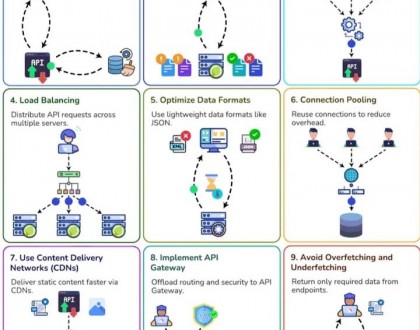Building Scalable Mobile Apps in India: Key Factors to Consider

Introduction
Mobile apps are now necessary in today’s digitally first world; they are no longer optional. Strong mobile applications are being invested in by companies of all sizes in India, from startups to major corporations. But creating an app that scales with increasing demand in addition to launching successfully? The true difficulty lies in it.
We’ll guide you through the entire app development process in this blog, from the initial concept to the last deployment. We’ll discuss along the way what, particularly in the Indian context, makes a mobile app genuinely scalable. This mobile app startup guide will assist you in making an informed and effective decision, regardless of your role as a tech entrepreneur, developer, or founder.
Ideation: Laying a Strong Foundation
Every successful mobile app begins with a clear purpose. Start by identifying a real-world problem that your app will solve. In India, where diverse user behavior and regional challenges come into play, this step is particularly critical.
Analyze the Market
Once you have an idea, perform competitive research. Check if similar apps already exist, and evaluate what they do well and where they fall short.
Planning the App Development Lifecycle
Set Clear Goals and KPIs
Define what success looks like. Whether it’s user downloads, daily active users (DAU), or revenue generation, clear KPIs will guide development and help measure results.
Choose the Right App Model
Will your app be native, hybrid, or web-based? Each option affects scalability, performance, and user experience differently.
Designing for Scale: UX & Architecture
User-Centered Design (UCD)
Good design goes beyond looks. Focus on making the app intuitive, accessible, and fast — especially on lower-end devices commonly used in India.
Scalable App Architecture
This is where scalable app development begins. Use modular architecture, consider cloud-native platforms (like Firebase or AWS), and plan for high user concurrency.
Development: Coding with Scalability in Mind
Choose the Right Tech Stack
For mobile app development in India, popular stacks include:
- Frontend: Flutter, React Native, Kotlin
- Backend: Node.js, Django, Firebase
- Database: MongoDB, PostgreSQL
Choose tools that are widely supported and can grow with your user base.
Build for Performance and Security
Optimize load time, implement data caching, and use HTTPS. India has a growing cybersecurity awareness, so protecting user data is non-negotiable.
Testing & Iteration: Never Skip This Step
QA Testing is Key
Perform testing across devices, operating systems, and network speeds. Given India’s vast diversity in devices and internet quality, your app must perform well under all conditions.
Use Feedback Loops
Beta test with real users. Collect feedback and iterate. Use tools like Firebase Crashlytics or TestFlight to monitor issues pre-launch.
Launching a Mobile App in India Successfully
Pre-Launch Marketing
Create buzz on social media, build an email waitlist, and engage in community platforms like LinkedIn and Product Hunt India.
Launch & Scale
Once launched, monitor your KPIs daily. Track metrics like user retention, session duration, and crash rate. Use this data to guide future updates.
Final Thoughts
Building a mobile app is not just about writing code — it’s about creating a product that delivers consistent value and scales gracefully. Whether you’re in the early ideation phase or preparing for launch, keeping the app development lifecycle in focus will ensure long-term success.
By considering these key factors, you’ll be well on your way to building a scalable mobile app in India that not only survives but thrives in a competitive digital landscape.
Recommended Posts

Key Strategies to Boost API Performance in ASP.net
March 10, 2025

Building Secure APIs: Best Practices Every Developer Should Follow
February 18, 2025


